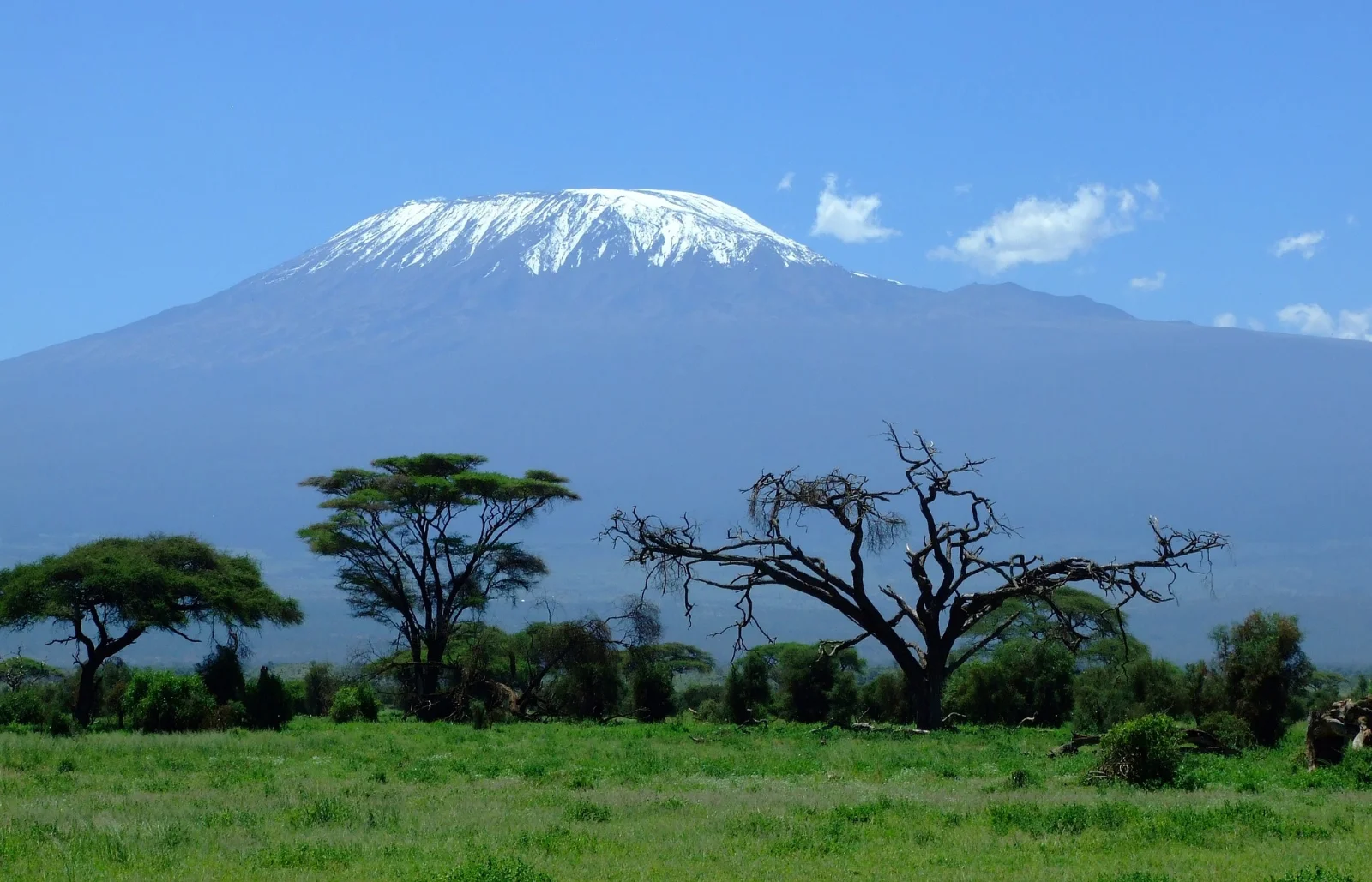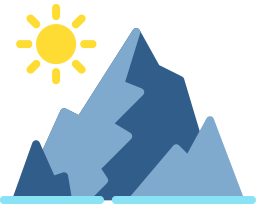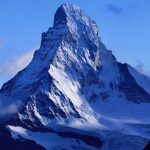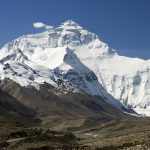
Mount Kilimanjaro, the highest mountain on the entire continent, has a special name. It can be translated as “shining mountain”. No one can be sure of the origin of the name, but there are two main theories. The first believes that the name can be split into two words: “hill” and “white”. There is also a very exotic version, which suggests that the name comes from the phrase “beat a bird/leopard/caravan”.
Climatic zones of Africa’s highest mountain
Kilimanjaro has several climatic zones, each with its own name:
- the bush zone starts at an altitude of 800 m;
- the rainforest zone starts at an altitude of 1,800m;
- the heath grassland zone starts at 2,800 metres;
- The high mountain heathland zone starts at an altitude of 4,000 metres;
- The arctic zone starts at 5,000 m.
The intricate name scrubland is commonly used to refer to undeveloped areas. Researchers also call the area cultivated scrubland. The area receives about 1,000 mm of rainfall per year, and the average temperature is pleasant enough for climbing and stays around 25°C. At altitudes up to 2800, the rainforest zone persists. Many moisture-loving plants grow here, and the amount of rainfall reaches 2000 mm. This kind of nature is quite surprising for arid Africa.
Up to an altitude of 4,000 metres, the beauty of the heather meadows can be appreciated. Many travellers think that this area is the most beautiful. The large area of densely populated forest gradually begins to thin out, at such altitudes people often face a lack of oxygen. There is also the danger of falling into a heather bog.
From 4,000 metres up to the summit of Kilimanjaro, the climatic zone is the most difficult to climb. Most travellers prefer to stop and turn back. Here rainfall is scarce, temperatures can reach 35°C during the day and quickly drop to 0°C and sometimes to -9°C at night.
The ins and outs of climbing Africa’s highest mountain
The most experienced climbers can conquer Kilimanjaro. Uhuru Peak is the highest point and can be reached by anyone acclimatised to the high altitude. Often, travellers don’t even need specialised equipment. The most difficult part of the climb is traversing the different climatic zones. Lemosho is considered the easiest route. Even novice mountaineers can easily conquer it without encountering acclimatisation difficulties. The Marangu route is the hardest route for those who dare to climb.
Routes on Mount Kilimanjaro
There are 3 routes to conquer Africa’s highest peak:
- Marangu will take a minimum of 5 days;
- Machame – 6 days;
- Shira (Lemosho) – 7 days.
For beginners, the first two are quite difficult. The locals have given them very interesting names: “Coca-Cola” and “Whisky”. In addition to these three, there are also several routes that require a higher level of training.
The Marangu (Umbwe) route to the highest peak is considered very difficult. However, if you are acclimatised, you will have no problem mastering it. To tackle the task, experienced guides recommend climbing the Mount Meru volcano. Its altitude is over 4,500 metres. You can even limit yourself to a partial ascent, which is not too difficult. Marangu, on the other hand, has the great advantage of having no travellers as such. It is best to conquer the summit around 5am. You are likely to encounter mountain sickness, but its symptoms will not manifest themselves in any significant way. You need to catch your breath and regain your strength before climbing the highest peak.
The first ascent of Kilimanjaro took place in 1889. In 1932, the first assault hut was established. Some 40 years later, Kilimanjaro was designated a National Park. Its summit was opened for climbing in 1977. Climbers on Africa’s largest mountain are supervised by the TANAPA organisation, which sets up a strict organisation.
For hikers who decide to make the ascent, special huts are offered only on the Marangu route. They are located at 3 altitudes, starting at 2,700 m, in passes of about 1 km. The rest of the bivouacs allow you to stay in the pitches. But for this you will have to use your own tent. Each of the pitches has toilets, some of them even have springs with drinking water. At different heights of Kilimanjaro there are ranger camps that follow the activities of the tourists. The name ranger can be literally translated as “game warden”. These people are in charge of keeping order in the national park, so you should heed their advice and comply with their requests.
You may also like:


